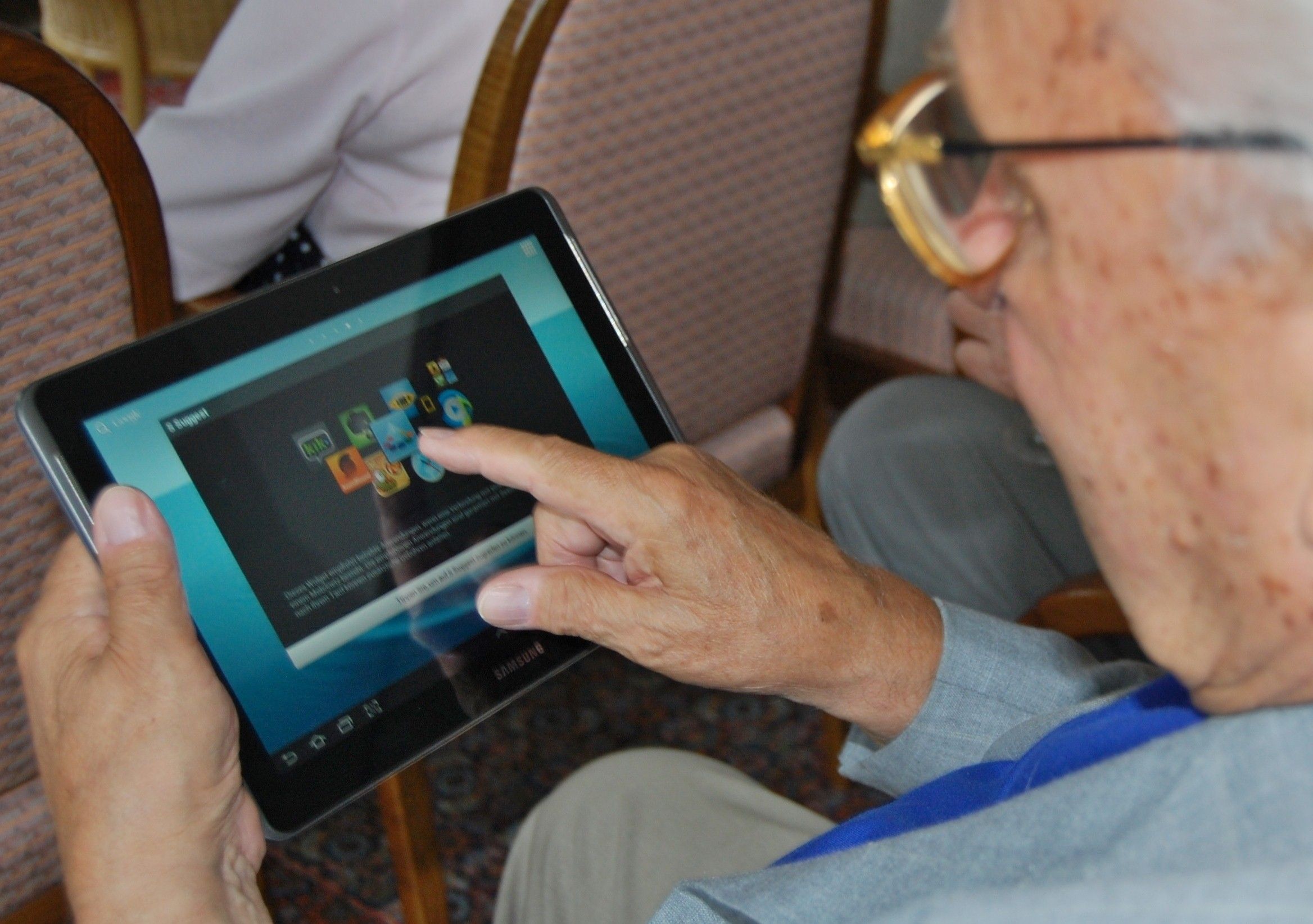
We’ve come a long way from those chunky, plasticky devices to the sleek, metal-and-glass beauties we carry today. We’ve got professionals like Anand Jayapalan here to help us break down how design has transformed over the years and what’s driving these changes.
Remember the days when smartphones were basically bricks? The first smartphones and tablets were all about functionality. They were bulky, had physical keyboards, and sported resistive touchscreens that needed a stylus. Think of the early BlackBerry phones and the first-gen iPads. They were revolutionary at the time, but by today’s standards, they were pretty clunky.
Enter the Glass and Metal Era
Then came the game-changer: the iPhone. In 2007, Apple introduced a device that wasn’t just powerful – it was beautiful. The combination of glass and metal set a new standard. Other manufacturers quickly followed suit. We saw a shift towards unibody designs with premium materials. The HTC One, Samsung Galaxy S series, and Google’s Nexus line all started embracing this sleek aesthetic.
The Notch, Hole-Punch, and Beyond
Fast forward a few years, and we’re deep into the era of maximizing screen real estate. Bezels shrank, physical buttons disappeared, and we saw the birth of the infamous notch with the iPhone X. Love it or hate it, the notch was a clever solution to house front-facing cameras and sensors without sacrificing screen size. Soon after, we got the hole-punch design – a tiny cutout in the display for the front camera, as seen in Samsung’s Galaxy S10 and many others. The goal? More screen, less distraction.
Foldables: The Future of Versatility
Now, we’re entering the age of foldables. Devices like the Samsung Galaxy Fold and the Z Flip are pushing the boundaries of what a smartphone or tablet can be. These devices can transform from a standard-sized phone into a mini-tablet, offering a unique blend of portability and screen space. It’s a glimpse into the future where one device can adapt to multiple needs.
Materials and Durability
Design isn’t just about looks; it’s also about durability. Early smartphones and tablets were prone to scratches and damage. Today, we have Gorilla Glass Victus, ceramic shields, and other tough materials that make devices more resilient. Companies are also exploring sustainable materials – think recycled aluminum and bio-resins – to reduce environmental impact.
The Influence of Consumer Preferences
Lastly, let’s talk about you – the user. Consumer preferences play a huge role in design evolution. Trends like larger screens, thinner profiles, and unique color options come directly from what users want. Manufacturers constantly gather feedback to create devices that not only look good but feel good in your hand and cater to your needs.
Wrap-Up
So, there you have it – a quick tour through the evolution of smartphone and tablet design. From the early days of chunky plastic to today’s sleek, foldable masterpieces, design has always been about balancing form and function. And with new technologies on the horizon, the future looks even more exciting.






